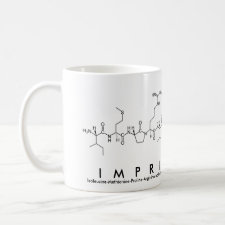
Authors: Li XY, Tong HJ, Lei FH, Pang J, Feng J, Li M
Article Title: Study on recognition properties of artemisinin molecular imprinted polymer.
Publication date: 2012
Journal: Chinese Traditional and Herbal Drugs
Volume: 43
Issue: (4)
Page numbers: 795-798.
Abstract: Objective: To prepare a molecular imprinted polymer with specific recognition ability for artemisinin. Methods: A molecular imprinted polymer was prepared by the molecular imprinting technique using artemisinin as the template molecular, acrylamide as the functional monomer, and ethylene glycol dimethacrylate as the cross-linking agent. The molecular imprinted polymer was investigated in equilibrium binding experiment to evaluate its adsorption property and selective recognition. Results: Scatchard analysis showed that two classes of binding sites were formed in the artemisinin molecular imprinted polymer under the studied concentrations. The dissociation constant (K d) and the apparent maximum binding constant (Q max) were K d1=1.87 mmol/L, Q max1=27.99 μmol/g for high affinity binding sites and K d2=48.5 mmol/L, Q max2=334.4 μmol/g for low affinity binding sites, respectively. Conclusion: The experiments of binding different substrates indicate that the imprinted polymer possess a high selectivity and a high recognition ability for artemisinin. It's likely to be a novel material for separation and purification of active ingredients from natural products
Template and target information: artemesinin
Author keywords: Apparent maximum binding constant, Artemisinin, Dissociation constant, molecular imprinted polymer, molecular recognition



Join the Society for Molecular Imprinting

New items RSS feed
Sign-up for e-mail updates:
Choose between receiving an occasional newsletter or more frequent e-mail alerts.
Click here to go to the sign-up page.
Is your name elemental or peptidic? Enter your name and find out by clicking either of the buttons below!
Other products you may like:
 MIPdatabase
MIPdatabase









